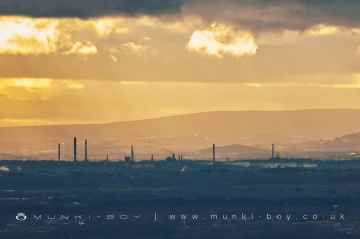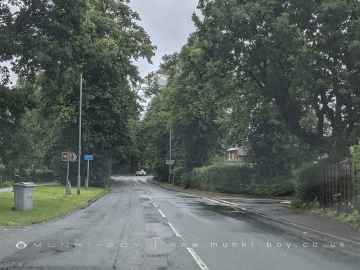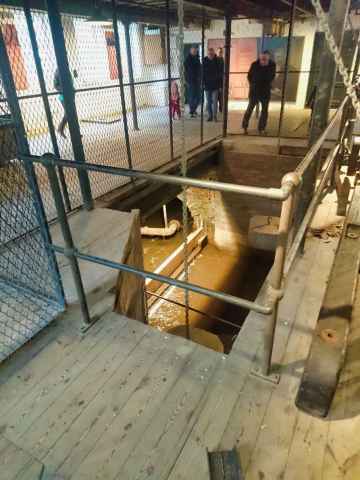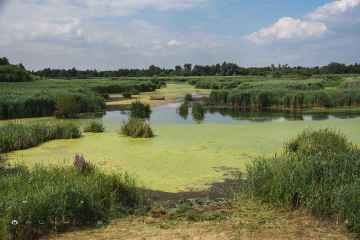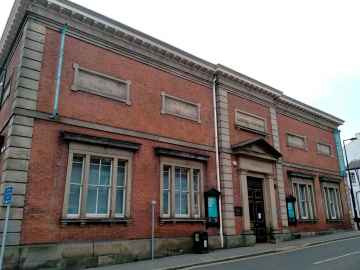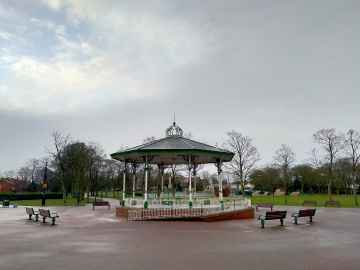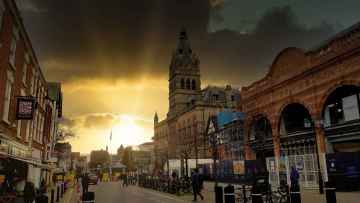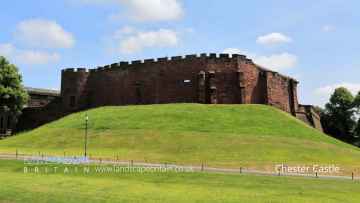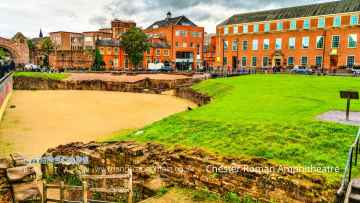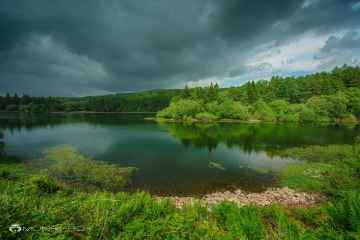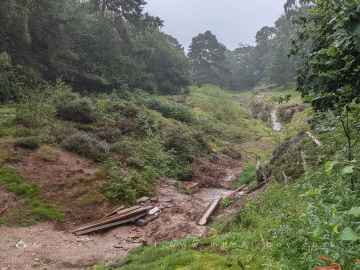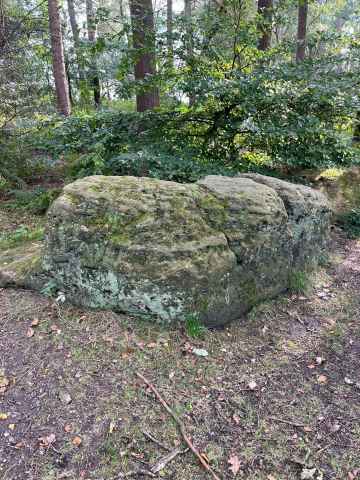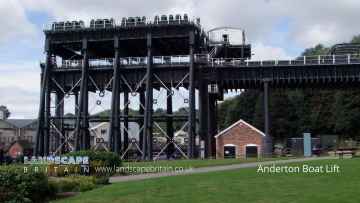Tiverton
Tiverton is a Village in the county of Cheshire.
Tiverton postcode: CW6 9NB
There are great places to visit near Tiverton including some great towns, villages, historic buildings, country parks, nature reserves, sssis, museums, parks, cities, castles, roman sites, ruins, lakes, woodlands, hills, hiking areas, old mines, ancient sites and canals.
Tiverton's best nearby towns can be found at Ellesmere Port, Warrington, Widnes, Knutsford, Blacon, Saltney, and Macclesfield.
Tiverton's best nearby villages can be found at Styal, Daresbury, Thelwall, Saughall, Lache, Marton, and Prestbury.
There are a number of historic buildings near Tiverton including Quarry Bank, Warrington Parish Church Of St Elphin, The Ruskin Rooms, Tatton Park, Chester Racecourse, Chester City Walls, and Bonewaldesthorne Tower.
Quarry Bank, Tatton Park, and Teggs Nose Country Park are some of Tiverton best country parks to visit near Tiverton.
Don't miss Woolston Eyes, and Tatton Park's nature reserves if visiting the area around Tiverton.
Places near Tiverton feature a number of interesting sssis including Woolston Eyes.
There are a number of museums near to Tiverton including Warrington Museum and Art Gallery.
There are a several good parks in the Tiverton area like Victoria Park - Widnes, Tatton Park, Water Tower Gardens, Westminster Park, and Timbersbrook Picnic Area.
The area around Tiverton's best cities can be found at Chester.
Chester Castle is one of Tiverton's best, nearby castles to visit in Tiverton.
The area around Tiverton's best roman sites can be found at Chester Roman Amphitheatre and Roman Walls.
Chester Roman Amphitheatre and Roman Walls is a great place to visit close to Tiverton if you like ruins.
Tiverton's best nearby lakes can be found at Trentabank Reservoir, and Redes Mere.
Tiverton's best nearby woodlands can be found at Trentabank Reservoir, and Macclesfield Forest.
Shutlingsloe, and Teggs Nose Country Park are some of Tiverton best hills to visit near Tiverton.
There are a number of hiking areas near Tiverton including Teggs Nose Country Park, and Alderley Edge National Trust.
Places near Tiverton feature a number of interesting old mines including Engine Vein.
The area close to Tiverton boasts some of the best ancient sites including Goldenstone.
Anderton Boat Lift is one of Tiverton's best, nearby canals to visit in Tiverton.
Tiverton History
There are some historic monuments around Tiverton:
Places to see near Tiverton
History of Tiverton
Tiverton has a medieval town leat, built for the town by Countess Isabella de Fortibus who was the eldest daughter of Baldwin de Redvers, 6th Earl of Devon and grew up at Tidcombe Hall, close to Tiverton. Isabella also controlled the Port of Topsham, Devon, through which much of Tiverton’s woollen exports were transported, mostly to the Low Countries. Every seven years there is a Perambulation of the Town Leat ceremony to clear the path of the leat and ensure it is kept running. The leat can be seen in Castle Street, where it runs down the centre of the road, and at Coggan’s Well, in Fore Street. Tiverton owes its early growth and prosperity to the wool trade, which caused the town to grow rapidly in the 16th and 17th centuries. Many wealthy wool merchants added to the town’s heritage. John Greenway (1460-1529), for example, added a chapel and porch to St Peter’s parish church in 1517, and a small chapel and almshouses in Gold Street which still stand - the Almshouse Trust still houses people today. Peter Blundell, another wealthy merchant, who died in 1601, bequeathed the funds and land for Blundell’s School to educate local children. It was founded in Tiverton in 1604, and relocated to its present location on the outskirts of town in 1882, where it functions now as an independent school. John Waldron (died 1579) founded Waldron’s Almshouses, on Wellbrook Street, and his elaborate chest tomb survives in St Peter’s Church. In about 1600 there were two major fires in the town, the first in 1596, allegedly started in a frying pan, destroying most of the town. The second, in 1612, was known as the “dog-fight fire” because a dog fight had distracted people who were supposed to be looking after a furnace.
















